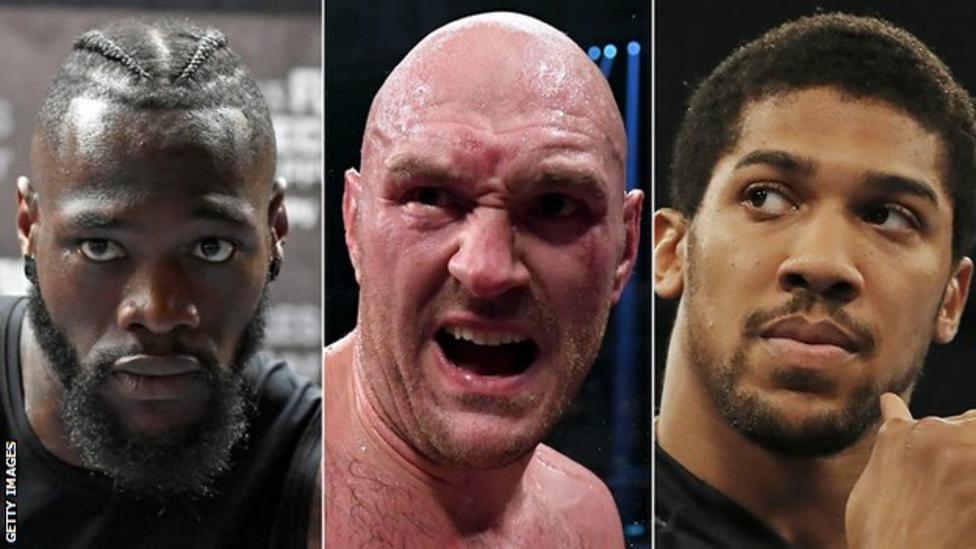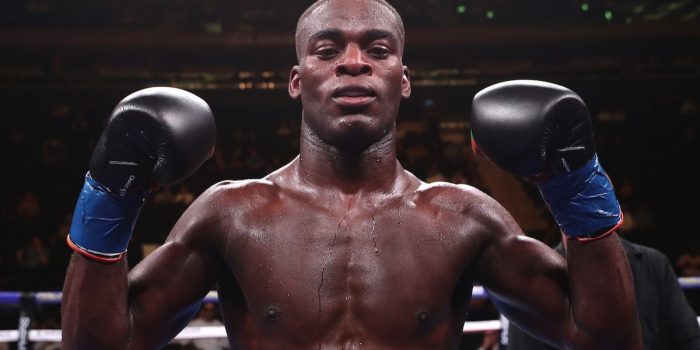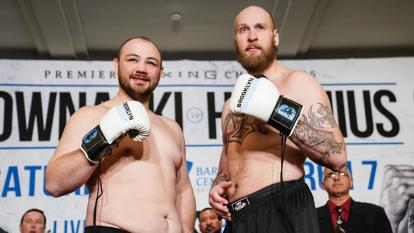By Mike Costello
Next week marks the release of I Am Duran, a documentary reminding us how it used to be.
Charting the life and career of Roberto Duran and his bond with Panama, the film is studded with archive action from the 1980s and the era blessed with the presence and the varied brilliance of the quartet labelled ‘The Four Kings’.
Duran, Sugar Ray Leonard, Marvin Hagler and Thomas Hearns all fought each other – nine fights across the best part of a decade which helped to fill the vacuum left by the retirement of Muhammad Ali and delivered legendary status to all four.
In the past two years, the classic between Anthony Joshua and Vladimir Klitschko at Wembley Stadium and the drama played out by Deontay Wilder and Tyson Fury in Los Angeles left indelible imprints on heavyweight history and persuaded some to hail the dawning of another special time.
Could it still happen?
The broadcast deals taking Joshua, Wilder and Fury on divergent paths create an impediment which was not such a factor three decades ago. But even then, not every day was halcyon and not every showdown ranked as a super-fight. There were lower-key outings too but somehow the next major showdown always seemed close by.
Briton Joshua’s debut here in the United States carries the risk of him trying too hard to impress, in a situation whereby just about any result will bring criticism from some quarters.
At a “red carpet” occasion on the roof terrace of downtown hotel, arranged to kick-start fight week, Joshua looked and sounded like a man in control of his emotions. Laughter came easily to him as we recorded a segment for the 5 Live Boxing With Costello & Bunce podcast – but so did the conviction that adding the WBC title held by American Wilder to his own trio of world championship belts is the primary aim.
Andy Ruiz Jnr is capable but not as explosive as Klitschko or Alexander Povetkin, who have provided Joshua’s sternest tests during his reign as world champion. Ruiz’s appearance would be well placed in the ‘before’ segment of a diet advertisement but fast hands and a strong chin – he has never been floored, as an amateur or professional – have brought him 32 wins and just a single defeat in a decade fighting for pay.
“He may not look the part but he can fight,” says Freddie Roach, an assessment doubling up as a warning from the man who trained Ruiz for seven years.
Ruiz lost his only previous world title shot, against Joseph Parker in Auckland at the end of 2016. One judge scored it a draw and plenty felt Parker got the benefit of some Kiwi home cooking but his successes with the jab in piercing Ruiz’s high-held guard offer a clue as to how Joshua could set up the dismantling process this weekend.
Also, for all the highlight-reel knockouts, Joshua’s body-punching is underrated and might prove to be a key factor this time against such a fleshy target.
Ruiz was born in California but flies the Mexican flag and is attempting to create a special distinction in the nation’s boxing folklore. Only the USA has produced more world champions up and down the weight divisions, but never has a Mexican lifted the heavyweight prize.
He may have been drafted in as a replacement following Jarrell Miller’s drugs shame but Ruiz was given the best part of six weeks’ notice and had been in camp for a decent win against the Russian Alexander Dimitrenko as recently as 20 April.
Substitutes occasionally cause upsets and it was at Madison Square Garden in December 1986 that Tim Witherspoon was knocked out in a round by James “Bonecrusher” Smith – the American who had ended the unbeaten run of a young Frank Bruno – in a fight for the WBA title. Smith replaced the injured Tony Tubbs and was given little hope of avenging a wide points defeat by Witherspoon from the previous year. After his downfall, Witherspoon would cite a dispute with the promoter Don King as the main reason.
Joshua is the first Briton to appear in a world heavyweight title fight at the Garden since Lennox Lewis beat the American Michael Grant in two rounds in 2000. And there is a British link to the most famous Garden night of them all, the ‘Fight of the Century’ featuring Ali and Joe Frazier.
On the undercard that Monday night in March 1971 was Northern Ireland’s Danny McAlinden, who beat Ali’s younger brother Rahman on points in a six-rounder before going on to lift the British title a year later.
McAlinden campaigned in an era of Joe Bugner, Jack Bodell and Richard Dunn – when boxing was a staple of the terrestrial TV midweek offering – but Joshua and Fury are leading a domestic heavyweight scene bulging like never before.
Dillian Whyte is on the cusp of a championship chance and could be joined in the next 12 to 18 months by any or all of Olympic silver medalist Joe Joyce, Daniel Dubois and Nathan Gorman, as well as the returning Hughie Fury.
For now, the focus remains on the big three: as Joshua makes his American bow and Tyson Fury is hailed by the great sage Bob Arum as a personality in the vein of the comeback version of George Foreman, Wilder’s demolition of Dominic Breazeale earlier this month only heightened the clamour for a round-robin featuring three very different characters who might all still be improving.
The more impatient we grow and the more we yearn for any of Joshua-Wilder, Joshua-Fury or Wilder-Fury II, the bigger the deal those fights become.
The fighters have shown us what is possible: all three have all been in showdowns that will remain long in the memory. They have made a mark.
But how much more is to come?
Article courtesy of Mike Costello & BBC Sport









Recent Comments